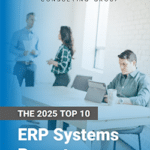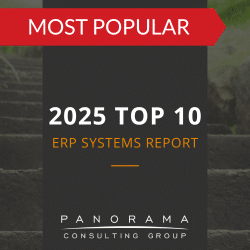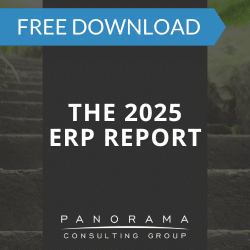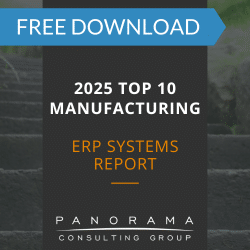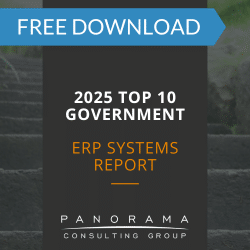It’s easy to forget that successful ERP implementations don’t end at go-live. If anything, it’s after the system is implemented that makes or breaks the success of the system. However, most companies fail to conduct a post-implementation audit to see how their ERP systems are fitting in with the business. Inevitably, there are going to be ongoing changes and adjustments to optimize the way the system is operating and to improve the way it supports your business. Therefore, conducting a post-go-live audit is very important.
Post-Implementation Audit Focus Areas
- Baseline and post-implementation performance measures. Every ERP project should have a solid business case well before the system is selected or implemented. However, the only way to understand the level of ERP business benefits is to measure performance before and after go-live. It is important to establish baseline performance levels, then compare those to the performance levels after go-live. This will help identify areas of under-performance and opportunities for ongoing improvement.
- Identify ongoing training opportunities. No matter how well you’ve prepared and trained your employees, there will be a decrease in productivity immediately after go-live. They key is to minimize this drop and help them to eventually be more productive than they were before ERP. Post-implementation audits should explore areas where employees are under-trained or could benefit from ongoing training. This will help optimize the business benefits of your ERP system in the longer-term.
- Identify opportunities to improve business processes. Just because you have implemented ERP doesn’t mean that your business processes are going to be perfect. There are always going to be process inefficiencies and breakdowns that can be improved. By working with employees to identify process pain points and following this up with root cause analysis for these pains, you will identify opportunities to improve your processes and make them more efficient and effective.
The above three steps are important steps to ERP benefits realization and part of an ongoing organizational change management program. The focus is to leverage the investment you have made in ERP technology to realize a strong return on investment.
